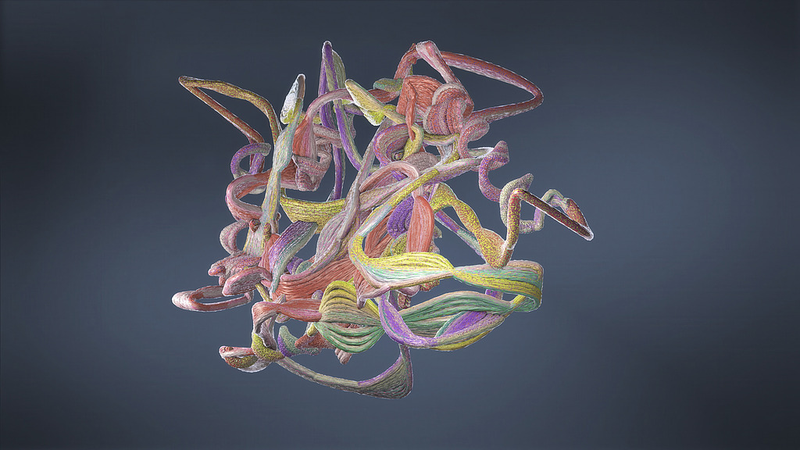Ever wondered how bats 🦇 and toothed whales 🐋, despite being worlds apart, both mastered echolocation? It’s a classic case of convergent evolution—nature’s way of giving similar superpowers to different species facing the same challenge! 🤯
Now, a research team from the Institute of Zoology at the Chinese Academy of Sciences, based in the Chinese mainland, has tapped into AI’s wizardry to decode this mystery. Led by biologist Zou Zhengting, they built a computational framework called "ACEP" that uses a pre-trained protein language model—think of it like your favourite messaging app’s predictive text, but for proteins.
Proteins, made of amino acid chains, fold into complex 3D shapes that determine their function. The AI model learns patterns in these sequences, picking up hidden clues about structure and function—kind of like how Netflix figures out your next binge watch. Using ACEP, the team compared high-order protein features (fancy talk for deeper structural traits) across species that independently evolved echolocation.
The results, published in Proceedings of the National Academy of Sciences, reveal exactly which protein traits converged to help bats and whales “see” with sound. This not only deepens our understanding of evolution’s rules but also showcases AI’s potential to crack tough biological puzzles. 🌱🔬
Looking ahead, Zou and the team aim to broaden AI’s role in evolutionary biology—imagine solving more of life’s mysteries, one protein at a time! 💡
Reference(s):
Chinese scientists use AI protein model to decode convergent evolution
cgtn.com




